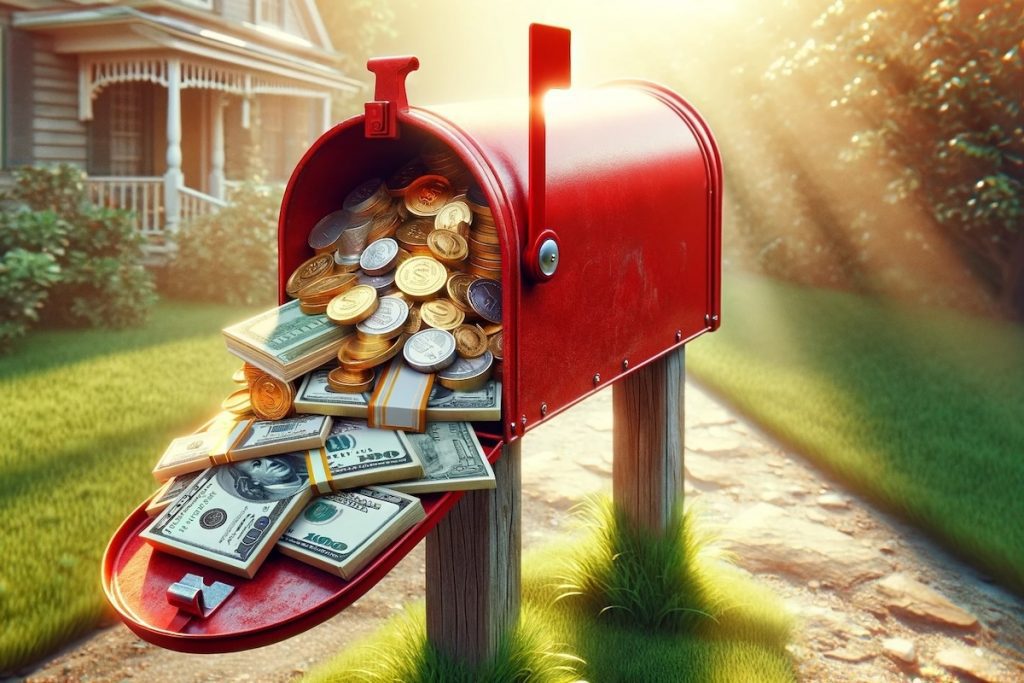
“The money is in the list” is an old direct marketing adage going way back to the development of the envelope. Despite all the digital changes in in sales and marketing, if you’re running a business and trying to use outbound to grow it, the money is still in the list.
Cherry Garcia not vanilla
As I’m sure you’ve seen at least a few dozen times in your inbox there are plenty of people out there that want to sell you a list. Some of these people even call these lists “leads”, which a big stretch of the imagination in my opinion.
However, what I am seeing from actual businesses I talk to is that most of them don’t need “vanilla” lists they need very specific lists that apply to their business, for example medical equipment companies of 100-500 people on the East Coast that recently raised capital or small real estate investors based in Northern Chicago that recently bought a property (real examples, lightly disguised.)
You can get a good starting list from the “off the shelf” sources like list brokers or websites where you can download data, but very often your list work is far from done. You will usually need to process the original list and eliminate companies and contacts that really do not fit (sometimes eliminating most of the companies and contacts in fact).
More mix-ins
Once you’ve chopped down your big list into a smaller somewhat useful list, you will probably find you are missing certain pieces of information that are critical to your needs. Sometimes these are obvious missing fields like email addresses or cell numbers and sometimes its information very specific to your business, like the type of technology they use for security.
Another key piece of information you are unlikely to get when you buy or scrape a list are trigger events. Depending on your business “trigger events” could be items like this business just got investment, they just bought a company, they just got a new CEO, etc. etc. This information can be available from public data, but it often takes a bunch of processing to get this information in the same database as your original list.
Good marketers know that lists need to be segmented to be useful. You will likely need to tag your list into sub-lists before you can do any kind of decent job of even the roughest personalization during outreach, for example sending emails that show you know even the slightest thing about your prospect.
Good salespeople know that there is a lot more to know about human than which segment they are in! We people are multidimensional, there’s so much to know about us. Segmenting in some formal business way is fine but knowing real human stuff is even better.
If you want to think about the kind of stuff you should know about people you really care about, like your customers, big potential customers (and yes, friends!) look at the Mackay 66. Way before AI, Harvey Mackay made a comprehensive list of questions a salesperson should know the answers to about their customers. He then told them to record it on a form (today a CRM.) Some example questions include:
- What’s your prospect’s birthday?
- Which high school did they attend?
- Which college did they attend?
- What do you feel is their long-range business objective?
- What do you feel is their immediate business objective?
- What are their hobbies and recreational interests?
- What are their vacation habits?
- What spectator sports do they like–sports and teams?
Think about how well you could customize your outreach if you knew more of this stuff!
Don’t let it melt
25-30% of employees change jobs annually, according to Pew Research. If you’re selling to other businesses, this is approximately the annual rate of decay of your list. Building a list is hard work, maintaining it is more hard work. The money in the list will drain away quickly if you don’t maintain it.
Your marketing database is like so many things in business it takes work, or investment in others to do the work (I include AI in the “others” here doing the work.) The good news is when something is a lot of work, many of your competitors will not do the work. If you do the work, you have an edge. You will know your customers better than your competitors and that’s huge!